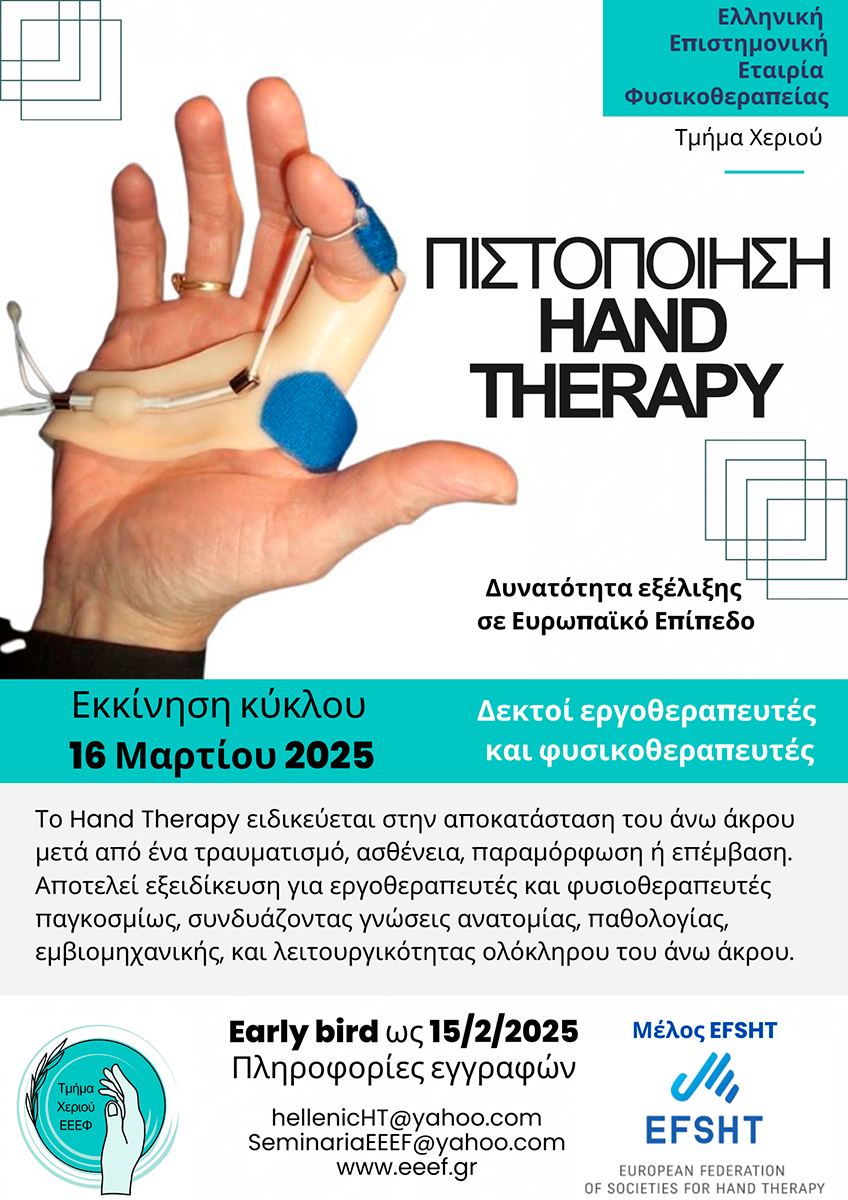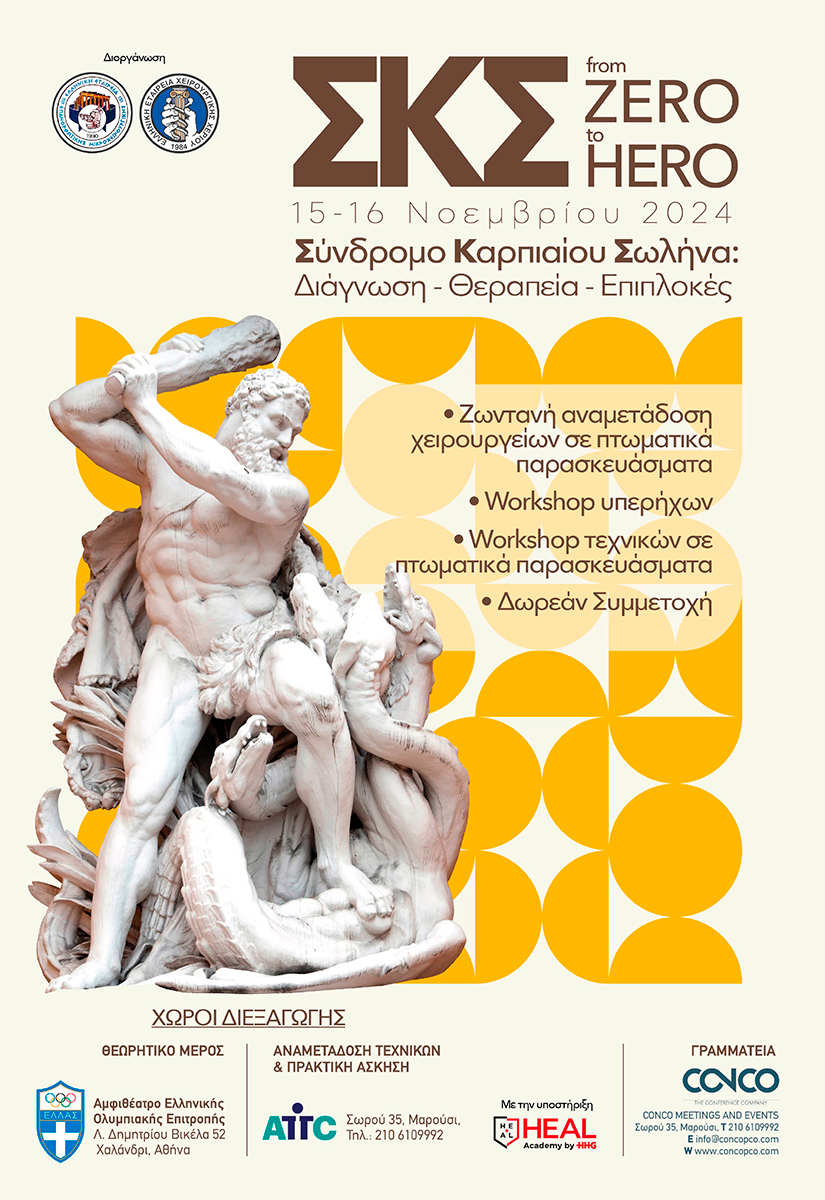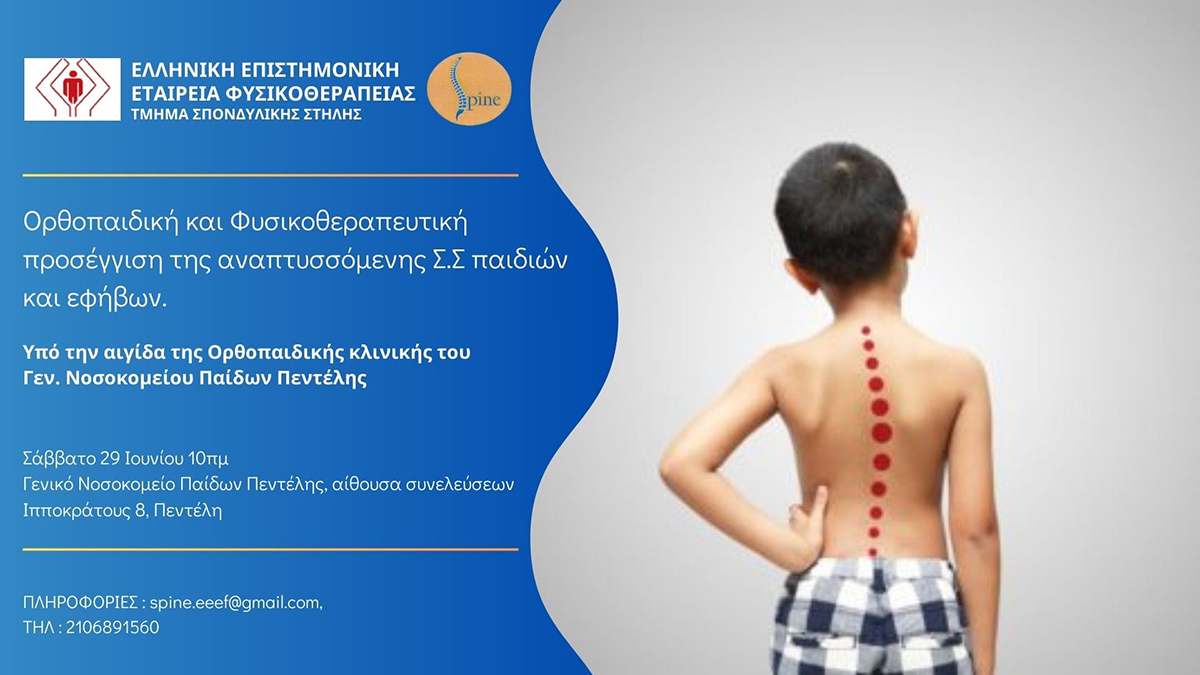ThemFis_Vol_5_Issue_1_JanMarch2008_3-19
Part II. Use of Thermal Modalities in the Treatment of Chronic Joint Contractures. The Effectiveness of the Heat and Stretch Technique
Minas Kessekidis
The effectiveness of the Heat & Stretch technique depends on the right choice of the thermal modality, the type of the applied stretching and the sequence of the said applications. The choice between superficial or deep thermal modalities should be based on the kind of tissue to be heated. A mild, static, prolonged stretching technique seems to produce the best results when combined with heat, but the stretching should be applied within the time frame of the therapeutic increase in temperature in the tissues induced by the thermal modality. The application of cold may be of benefit, but only after the application of heat & stretch and not in between or beforehand.
ThemFis_Vol_5_Issue_1_JanMarch2008_20-27
The Effect of Kinesiotaping on Vertical Jumping Performance in Football Athletes
Alexandros Mpakalos, K. Diamantopoulos, V. Kalapotharakos, N. Strimpakos, E. Kapreli
Jumping performance is essential and crucial for a lot of sports that is mainly depending on the force that extensors of lower limb develop. The aim of the current study was to investigate the effect of kinesiotaping on jumping performance in healthy professional football players.
In the present study healthy, 25 male professional football athletes participated. Group A (intervention group) consisted of 15 subjects, while group B (control group) consisted of 10 subjects. Ergo-Jump Bosco System was used for the measurement of jump height. In group A, kinesiotaping applied on rectus femoris and gastrocnemious muscles, in both lower limbs, whereas in group B, placebo taping was applied. According to analysis of variance for repeated measurements (ANOVA), there was not any statistical significant difference between measurements (p<0.05) in both groups. The results of the current study imply that kinesiotaping does not influence jumping performance in healthy male professional football athletes.)
ThemFis_Vol_5_Issue_1_JanMarch2008_37-42
Biomechanical Alterations in the Thoracic Spine after Neuromuscular Electrical Stimulation in Healthy Individuals. A Pilot Study
Elias Kallistratos, E. Mavropoulou, A. Kostikidou
Kyphosis has been related to decreased force of back extensor muscles. The strengthening of these muscles decreases the kyphotic posture, and promotes the correct standing posture. The aim of this study was to investigate the extent, to which electric muscle stimulation (EMS) can improve the abnormal thoracic curves. 11 men were diagnosed with kyphotic posture and were divided in an experimental (n = 7, 25.9±5.3 years) and control group (n =4.25±4.6 years). The telemetry biomechanical analysis (BMA) system SpinalMouse? evaluated the effectiveness of this protocol. The EMS electrodes were located in the region between C7-T12. The number of the diagnosed abnormal curves was decreased at 78.54% in standing, 61.9% in flexion and 59.51% in extension. Changes were observed in the values of angles in the group that received treatment. No changes were reported in the control group. These positive effects, that resulted from only one session, suggest that if this protocol is applied on daily base and for a long-term period, it can help individuals with disabilities and dysfunctions of the spine. The BMA with the SpinalMouse? system, in static and dynamic level, offers a lot of advantages, because it does not use radiation, is reliable and can indicate the precise points of electrode placement
ThemFis_Vol_5_Issue_1_JanMarch2008_43-55
Physiotherapy Assessment of Traumatic Brain Injury in Adults
Vassiliki Sakellari, Ch. Nikitas
In this paper a short description of the Traumatic Brain Injury (TBI) is given as well as some of the methods used for its classification. Its assessment, mainly relevant to Physiotherapy, is described so much in the initial stages of the Injury (Pre hospitalisation period, in the Department of Urgent Incidents, in the Unit of Intensive Treatment) as well as in the later course of rehabilitation emphasising balance, gate, quality of movement, high level organisation activities and the function of the upper arm.






